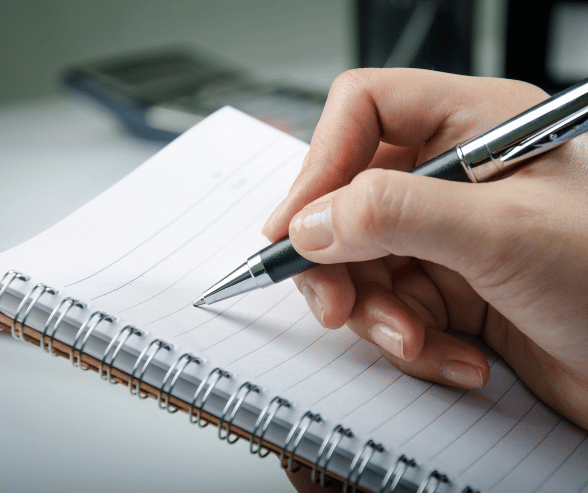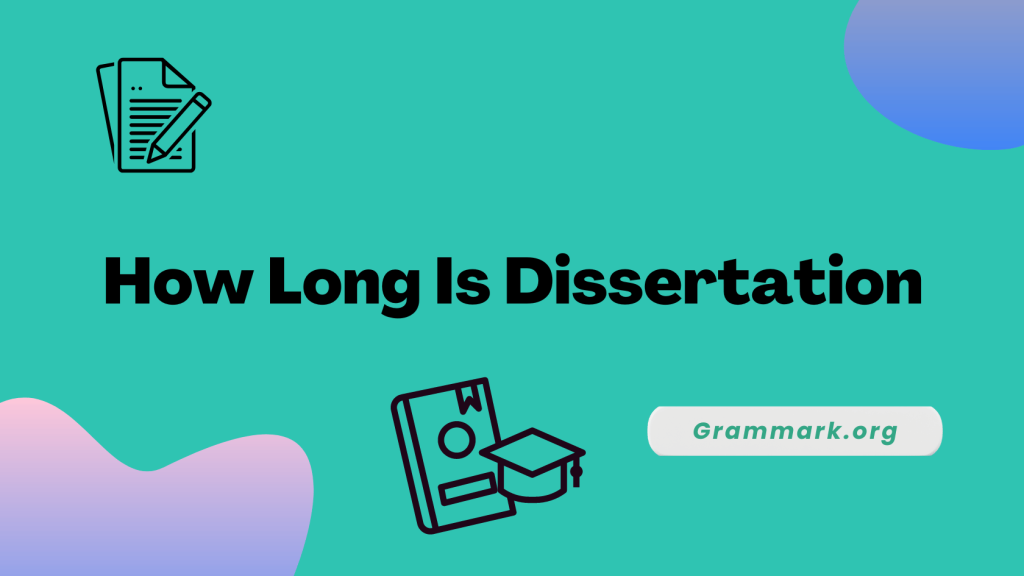Patchwork plagiarism happens when someone takes bits and pieces of text from different sources, makes small changes, and then puts them together as if it’s their own work. At first, it might look original, but in reality, it’s still plagiarism because the sources are not properly credited.
Many people fall into this trap without even realizing it, especially when trying to rephrase or paraphrase too closely. The problem is that patchwork plagiarism is treated just as seriously as copying directly, and it can affect your academic or professional reputation.
The good news is, once you understand what patchwork plagiarism is, you can avoid it. In this guide, we’ll explain how it happens, show examples, and share easy tips to help you write honestly and confidently.
Understanding Patchwork Plagiarism: What Is It?
Patchwork plagiarism, also known as mosaic plagiarism, is an indirect form of plagiarism.
Patchworking occurs when an individual copies phrases, sentences, or ideas from various sources and integrates them into their own work without proper attribution.
The bits and pieces from different sources ultimately form a comprehensive picture that falsely appears original. Unlike direct plagiarism, which can be easily detected through plagiarism checkers, patchwork plagiarism is hard to catch.

For instance, you’re writing a research paper on “Climate Change,” and you copy-pasted the information on the greenhouse effect, CO2 emissions, and industrialization from three different research papers.
You seamlessly blended the information into your paper without due citation and published it. Even though the result might be a unique work, this is a clear instance of patchwork plagiarism.
Besides, there is a high chance that, on closer examination, the patchworking of other researchers’ findings will be detected.
How Is Patchwork Plagiarism Different Than Other Types Of Plagiarism?
In any form of plagiarism, including patchwork plagiarism, the end intention of patchworking is the same: copying someone’s work and claiming it as their own.
However, patchwork plagiarism is different than other types due to the following reasons:
- Method: Unlike direct plagiarism, which involves copying content verbatim, mosaic plagiarism entails borrowing phrases or ideas from numerous sources and placing them together in a coherent manner.
- Deception: Platchworking is more insidious as it creates a false impression of originality.
- Detection: Patchwork is harder to detect because it does not involve straightforward copying. Such work may pass through most plagiarism detection tools as original or unique content.
Due to these reasons, average readers may not find out the duplicity of works unless they have already read or have gone through the original works.
What Are The Consequences of Patchwork Plagiarism?
The consequence of patchwork plagiarism may vary from institution to institution. Here are some possible outcomes:

- Removal from the Project: You may be removed from a project or a team if found guilty of intentional patchwork plagiarism. Most universities also give an automatic zero to a project carrying patchwork or any form of plagiarism.
- Reputation Damage: Once caught, plagiarism can cause serious damage to one’s personal and professional reputation. It can erode trust and respect among peers, seniors, and the broader community.
- Loss of Professional Opportunities: A record of patchwork plagiarism may lead to loss of job opportunities, demotions, or even suspensions. It’s specifically detrimental in the fields of academia, journalism, etc.
- Hinder Learning and Skill Development: Those practicing unethical means to produce their work won’t develop critical thinking and writing skills.
Tips To Avoid Patchwork Plagiarism: Things To Note
It’s not unusual for us to get tempted to take the easy way and copy others’ work. However, as you can see, all forms of plagiarism, including patchwork plagiarism, have serious repercussions.
So, instead of copy-pasting, let’s see some tips that will help you avoid patchworking:
1. Always Record Down the Sources
Unintentional patchworking is quite common because we often forget to cite the original sources. So while researching, always record the sources. You can click pictures if you’re too lazy to write the sources.
When quoting, make sure to quote them to avoid instances of patchwork or any other form of plagiarism.
For example:
Source: xyz
2. Take Enough Notes
Whenever you’re researching a topic, make sure to take enough notes and write them in your language. Writing them in your language is a great way to avoid plagiarism.

Besides, try understanding whatever you’re learning and add your perspective to it. This is how you can create original works.
3. Use a Plagiarism Checker
Before submitting, run your work through a plagiarism checker. A good plagiarism checker can quickly catch matching phrases/ sentences to the original source.

There are multiple options for plagiarism checkers; I recommend using Copyscape, Grammarly Premium, or ProWritingAid because of their accurate results. If you want free plagiarism checker, you can use the Duplichecker or Quetext free version.
Best Practices for Ethical Writing
- Keep a clear record of all sources and give proper credit.
- Paraphrase ideas thoughtfully; avoid just swapping words.
- Use direct quotes when necessary.
- Check your work with plagiarism-detection tools before submission.
Final Takeaway – Stay Original, Stay Credible
Understanding and avoiding patchwork plagiarism is key to success in both academics and the workplace. By practicing proper paraphrasing, citing your sources correctly, and focusing on your own ideas, you can make sure your work is authentic, trustworthy, and meaningful.
Schools, universities, and organizations should continue raising awareness about this issue and provide tools and guidance to help people improve their writing.
Staying vigilant against patchwork plagiarism not only maintains ethical standards but also encourages critical thinking, creativity, and genuine learning.
FAQs
Patchwork paraphrasing is when someone clubs various ideas in their own way, making them look completely new instead of simply rearranging the original phrases or sentences.
In incremental plagiarism, one fails to cite sources of the quotes, excerpts, or passages used in their work.
If you copy parts of others’ work and publish them under your name, this is called verbatim or direct plagiarism.
Yes, collusion is also a form of plagiarism involving two individuals’ cooperation.


